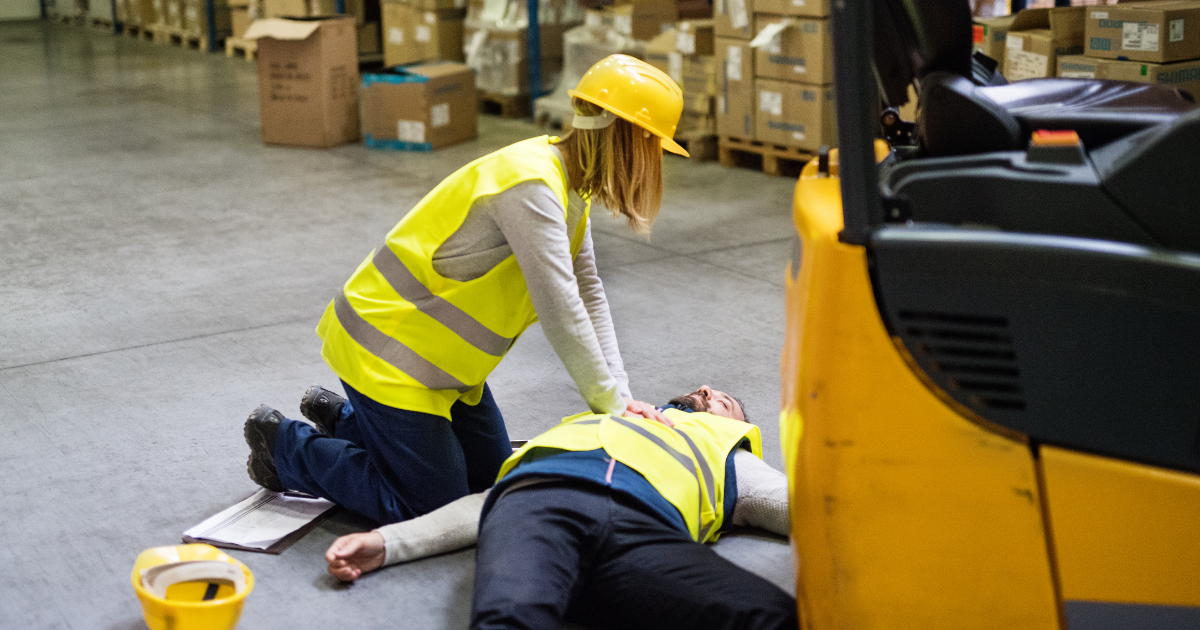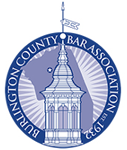According to the U.S. Bureau of Labor Statistics, nearly 100 workers are killed each year in forklift-related accidents. Another 20,000 workers are seriously injured. These statistics are troublesome; no one should be killed or injured just by going to work.
Causes of Forklift Accidents
Forklift accidents have many causes, as follows.
Inadequate training. A study by the Occupational Safety and Health Administration (OSHA) found that a quarter of all forklift accidents were due to inadequate operator training. They also report that proper training can help reduce forklift accidents by up to 70 percent.
The leading causes of inadequate forklift operator training include the following:
- Unknown need/requirements. Supervisors and managers may not know the laws regarding forklift training.
- Saving costs. Companies may not want to devote the dollars or the worker time to adequate training.
- Tight schedules. A company may need to get all their workers moving quickly to meet deadlines, thereby skipping training.
Pedestrian-involved incidents. OSHA statistics claim that 20 percent of forklift accidents involve pedestrians, and 36 percent of deaths are pedestrians. Pedestrians, in this sense, can be anyone working or otherwise near the forklift, such as warehouse workers.
The main causes of pedestrian-related accidents include:
- Operator inattention, distracted driving, carelessness
- Driver fatigue
- Missing or lack of warning signs and signals
Pallet accidents. Pallets and other materials are routinely picked up and set down by forklift operators. The operator does not always have a clear view of the materials needing transport. The pallet can be knocked off the forks, or the product or racking could become damaged. Any of these situations could lead to accidents involving the forklift operator and other workers nearby.
Forklift rollovers and tip-overs. Overturns, including tip-overs or complete rollovers, are the top cause of fatalities involving forklifts. Operators can be thrown off or crushed by a tipping or rolling forklift. The leading causes of overturns are as follows:
- Turning too quickly
- Overweight, uneven, or unbalanced loads
- Abrupt mast movement
- Turning on an incline
- Driving with an elevated load
- Driving on uneven surfaces
Falling loads. Forklift operators often do much more than lift boxes and pallets. Many jobs involve lifting and transporting raw materials and other items that require safe and secure loading.
The leading causes of falling loads are:
- Improper loading; goods are off-center, damaged, or loose.
- Moving, lifting, or tilting the mast too quickly.
- Missing or damaged machine parts such as bent forks.
Falling loads are hazardous to pedestrians and operators alike.
Worker falls. Workers will sometimes stand on the forks of a forklift for elevation. They may be in a hurry or just looking for convenience. Sometimes there are no aerial lifts available, or lifting platforms are unapproved or unstable. Whatever the reason, what is known as riding the forks is extremely dangerous and could be deadly.
Speed. A forklift operator who drives too fast is susceptible to an accident, especially a rollover. Five miles per hour is the generally accepted safe maximum speed. Driving too quickly shortens the operator’s reaction time and increases the odds of an accident while turning.
The Top Ways to Prevent Forklift Accidents
There are many ways a company can improve worker safety and prevent forklift accidents, including these suggestions:
Improve training. OSHA requires training and certification of all forklift operators. Instead of focusing on the time and cost commitment, companies should think of the return on investment training provides, including reduced accidents and injuries and happier and safer employees.
There are hundreds of online and on-site training programs for forklift operators. OSHA’s website has many training resources and a review of forklift safety laws and required certifications.
Clearly designate danger zones. Both operators and pedestrians should be able to identify danger and safety zones in the workplace quickly. Forklift operators should be fully aware of where and when they cannot operate. Suggestions include the following:
- Post warning signs throughout the affected areas to remind employees where they can walk and that forklifts are in use.
- Place floor tape to designate forklift travel and usage zones.
Let the forklift be a beacon. The forklift itself should include safety mechanisms that are required to be in use at all times:
- Blue flashing lights that signal a traveling forklift.
- Pedestrian red zone lights that define zones pedestrians must avoid around the forklift.
- Sensors with audible warnings that deploy when a forklift is backing up. These audible warnings are critical in noisy or loud workplaces.
Help operators improve focus. Companies should help their forklift operators retain their strict attention on the job. They can do so by allowing operators more breaks and reducing their shifts. OSHA reports that forklift operators who work 12-hour shifts are almost 40 percent more at risk for injury.
Training and periodic review of danger zones and pedestrian areas can also help an operator remain vigilant.
Equip the workplace for forklift safety. In addition to signage and floor tape, barriers can also help pedestrians and forklifts travel safely. A physical barrier made of a strong metal or iron can separate forklift traffic from pedestrians. In addition, wall-mounted mirrors will help forklift operators see around blind spots.
Do not skimp on technology. Today’s forklifts come or can be equipped with technology to help improve safety when using the forklift, including the following:
- Automatic fork leveler. This technology helps operators navigate in and out of a pallet and is particularly helpful when a pallet is above them. It resets empty forks to a level position at the press of a button, helping to reduce unstable or uneven loads.
- Strategically placed cameras throughout the machine can help the operator better see the load and forks. These visuals make it easier for them to operate and protect the product and equipment.
- Stability systems. Ensure the forklift has technology that automatically detects instability and stabilizes the rear axle, preventing the machine from tipping over.
Review tip-over and rollover best practices. New operators need training, but even seasoned operators can benefit from periodic training reviews. It is easy to become complacent after many months or years on the job. Training tips to avoid tip-overs and rollovers include the following:
- Do not exceed the lift’s capacity. Every machine has a maximum weight it can lift, which is noted on its data tag. Lifting more than it can handle can cause a serious or deadly accident.
- Cautiously tilt a raised mast. Tilting too abruptly can cause the forklift to tip over. Raise and lower the load only while the forklift is stationary.
- Never turn on an incline. Go down the slope, then turn.
- Operate on smooth and even surfaces. Potholes, dips, and other imperfections can cause the forklift to fall or roll over.
- Use the forklift’s mast control system that detects the load weight and mast height. This system will override the operator’s control to limit forward tilt and decrease the chance of spilling the load and tipping over.
Enforce speed limits. Employers need to set OSHA-required speed limits and enforce them. Many forklifts can be programmed not to go above a certain speed. Operators should always drive at the mandated speed and slow down when taking corners because the center of gravity can shift.
Emphasize pallet safety. Operators should be instructed not to pick up a load that is loose, damaged, or improperly packaged. They should also be trained to center the load, use the load backrest, and use care when tilting the mast.
Prevent worker falls. Provide workers with approved and safe equipment for reaching heights, such as a scissor lift, man lift, or a mobile elevating work platform. An OSHA-compliant lifting cage is also necessary.
Require pre-trip inspections. At the start of every shift, every operator or supervisor should inspect the forklift’s forks, overhead guard, wheels, and other parts for wear and smooth operation. There should also be scheduled inspection and maintenance routines to check for engine, steering, brake malfunctions, faulty emissions, and other operating problems.
Preach safety. Every company should have safety manuals, training, and workplace reminders. Periodic safety reviews and discussions during performance assessments can help keep worker safety top of mind to everyone’s benefit.
Cherry Hill Workers’ Compensation Lawyers at Pietras Saracino Smith & Meeks, LLP, Fight for Injured Workers
Employers are responsible for protecting workers from workplace hazards and danger. When they do not, contact the Cherry Hill workers’ compensation lawyers at Pietras Saracino Smith & Meeks, LLP. Our skilled legal team will help secure the financial benefits for which you are entitled, including medical expenses, lost wages, and all other costs associated with the injury. Call us today at 856-761-3773 or contact us online to schedule a free consultation. Located in Cherry Hill, New Jersey, we serve clients in Camden, Cinnaminson, Delran, Maple Shade, Pennsauken, and throughout South Jersey.













